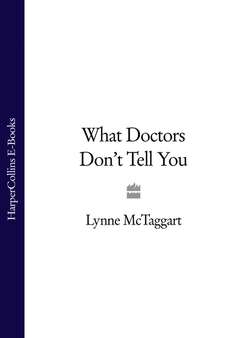Читать книгу What Doctors Don’t Tell You - Lynne McTaggart, Lynne McTaggart - Страница 28
THE NEW DOWN’S TEST
ОглавлениеUltrasound scans are now used to predict Down’s syndrome. A nuchal scan measures the depth of the dark fluid-filled space at the back of the baby’s neck at 10–13 weeks of pregnancy. If the space is thicker than usual, your baby may be at risk of Down’s.
However, the nuchal scan throws up false-positives, signalling Down’s when it isn’t. For instance, in a study of more than 96,000 pregnancies, the scan was only 80 per cent accurate, even among women at high risk of a Down’s baby. According to one large-scale study, 87,000 women would have to be scanned to find one accurate diagnosis.42 But of course the biggest risk of all in false-positives is that they open up the door to more invasive tests such as amniocentesis, which carry their own substantial risks. Ultimately, more healthy babies could be lost through amniocentesis than Down’s babies be detected.
Considering its extremely poor track record of accuracy, ultrasound may not even be useful very late in pregnancy to help confirm the position of the baby. The only rationale for scanning most uneventful pregnancies is to satisfy our curiosity, to try to get a little closer to the mystery of life.
